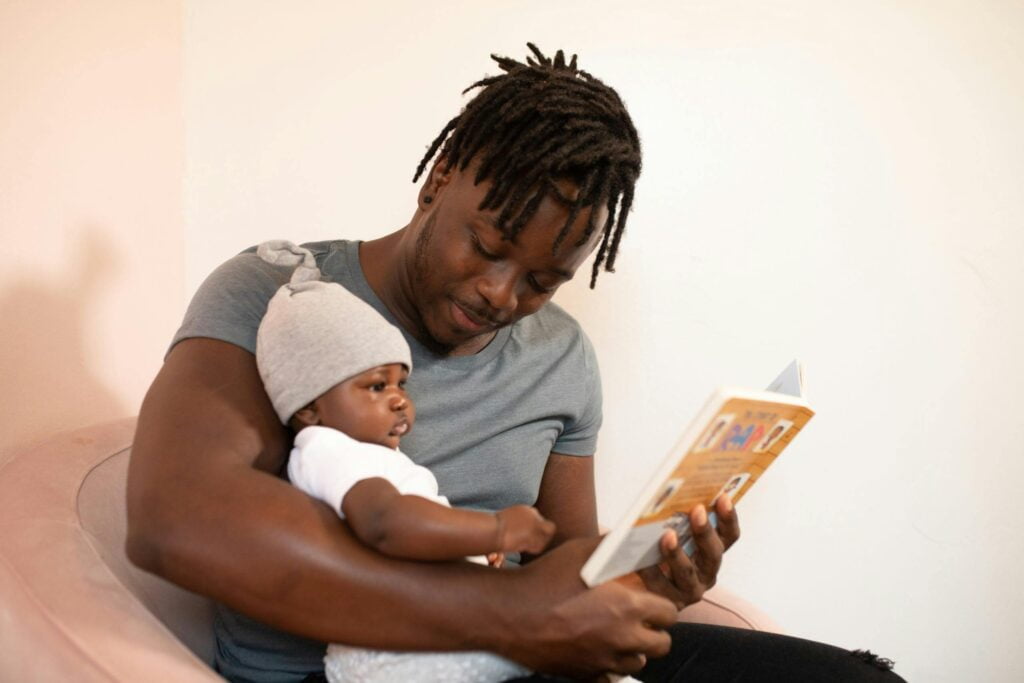Who Takes the Lead on Bedtime?

When I begin crafting a sleep plan with a family, a common question arises: who should lead the bedtime routine? Can this role be interchangeable, and can different individuals handle various steps of the routine? Let’s delve into these questions now.
In my experience, within most parental dynamics, one partner naturally assumes the role of primary caregiver, often taking charge of feeding and bedtime duties. This arrangement often evolves organically. In my case, I found myself in this role, primarily due to breastfeeding. However, it was also me who encountered frustrations in coaxing our child to stay asleep through the night!
If you resonate with this scenario, I propose a suggestion: allocate bedtime responsibilities to the parent less involved in feeding and bedtime rituals. This approach proved effective with my own child and has yielded positive results with my clients. Sleep challenges in infants and toddlers frequently stem from sleep associations, such as being rocked to sleep, car rides, feeding to sleep, or parental presence, among others. For a child to achieve uninterrupted sleep, they must learn to transition between sleep cycles independently—a skill that requires time to cultivate.
During this transitional phase, when your child is adjusting to new sleep patterns, it’s beneficial for the parent less involved in feeding and bedtime rituals to take the lead for the initial nights. This minimizes confusion and eases the transition.
Teaching your child to sleep independently can be daunting, and there may be nights of protest regardless of who spearheads the process. It may lead to temporary sleep disruptions and heightened exhaustion. However, once your child masters this skill, the benefits are transformative. Many of my clients have expressed newfound freedom and restored connections with their partners, along with numerous physical and mental benefits associated with a full night’s sleep for both children and parents. So, to address the original question, the non-primary caregiver should initiate the sleep plan to reset your child’s expectations. After a few nights, the primary caregiver can resume their role. Subsequently, find a routine that suits your family—whether it involves alternating nights, dividing tasks, or one parent taking over completely. Consistency in the bedtime routine and expectations is paramount, ensuring stability even if bedtime responsibilities shift. This consistency facilitates smooth transitions for babysitters and extended family members tasked with bedtime duties, ultimately providing the greatest sense of freedom!